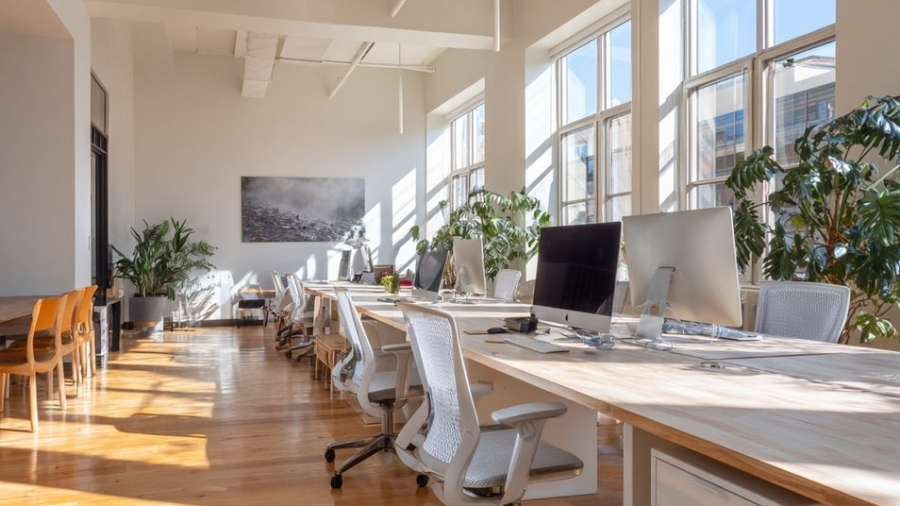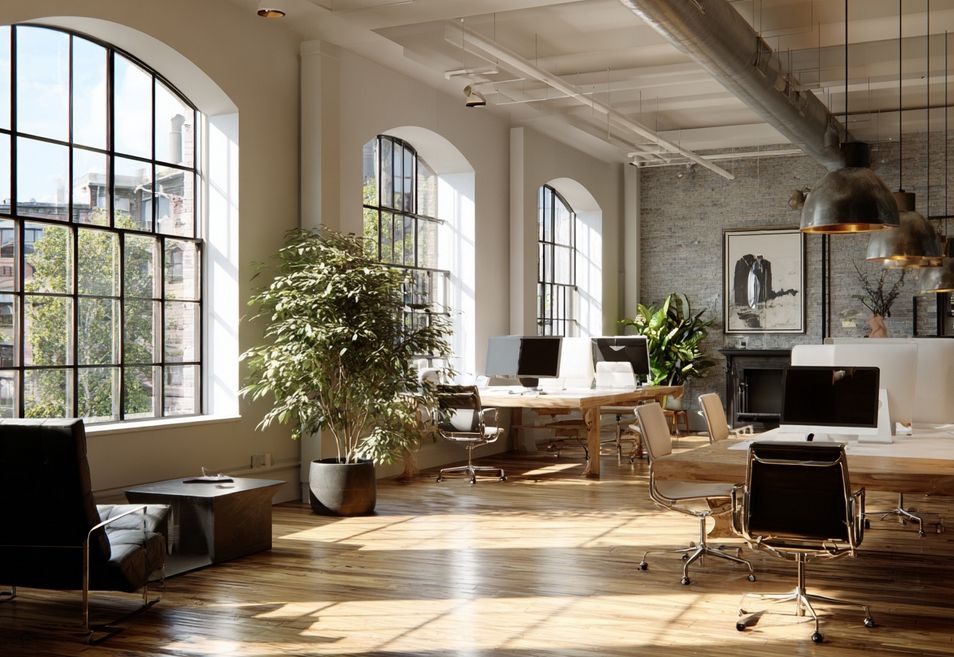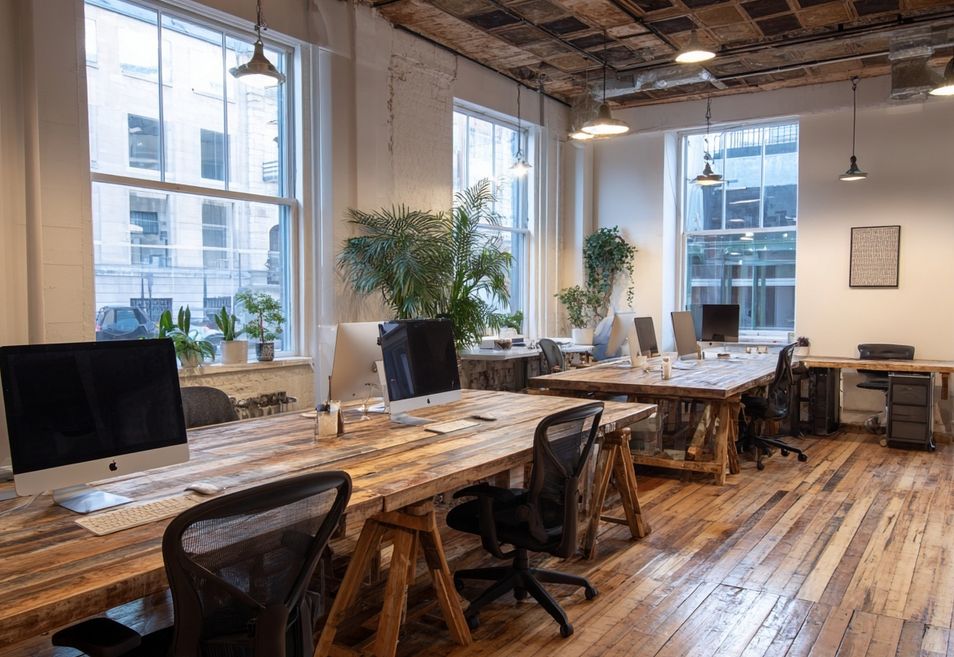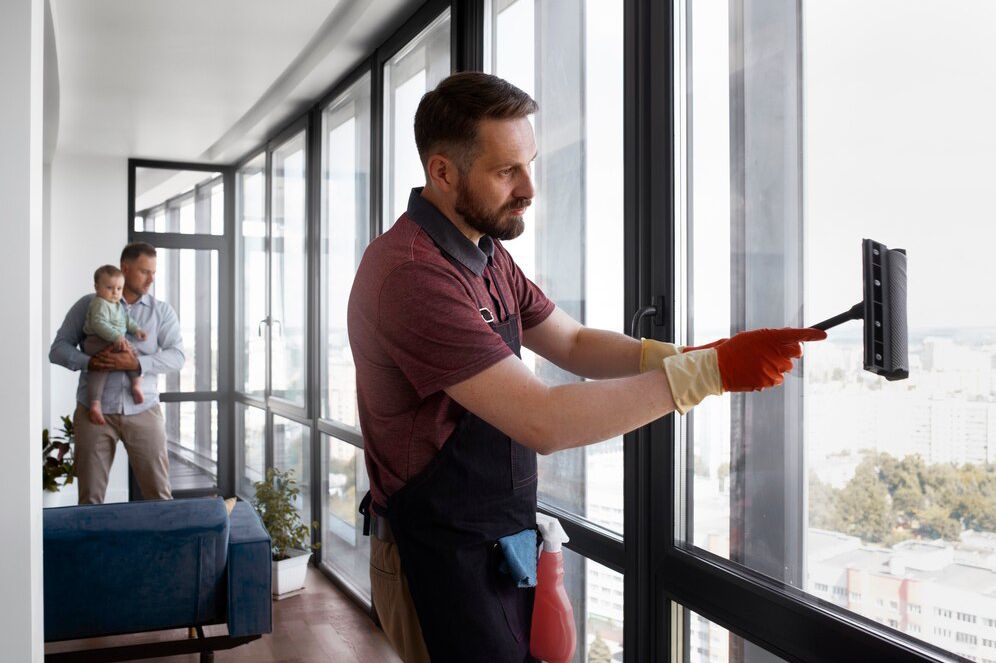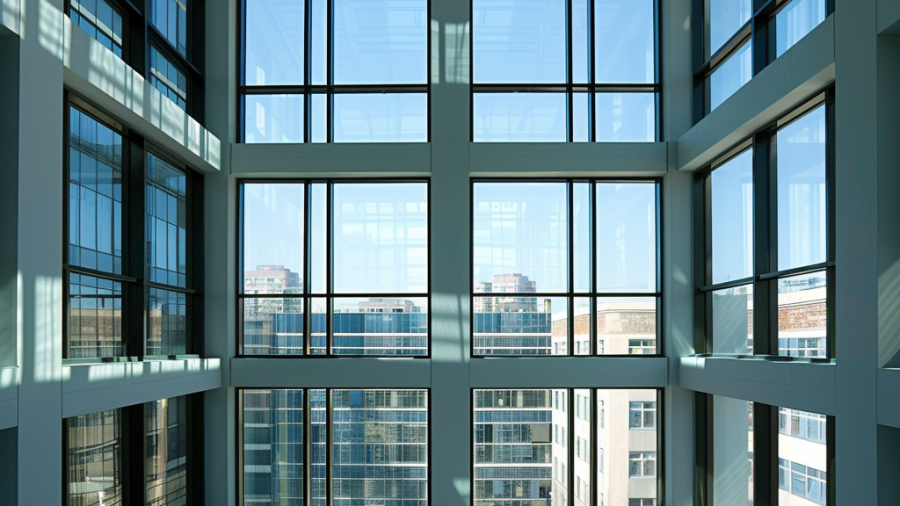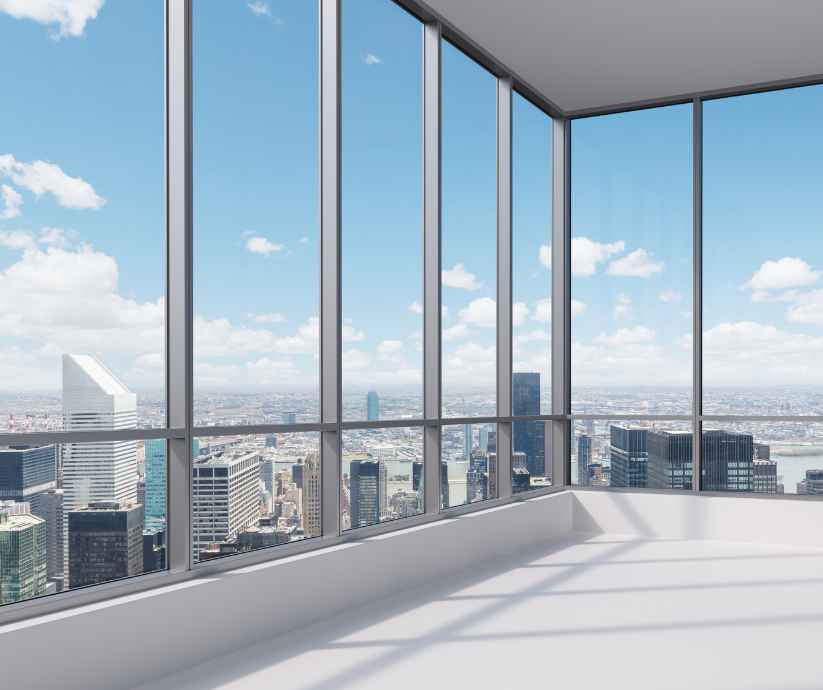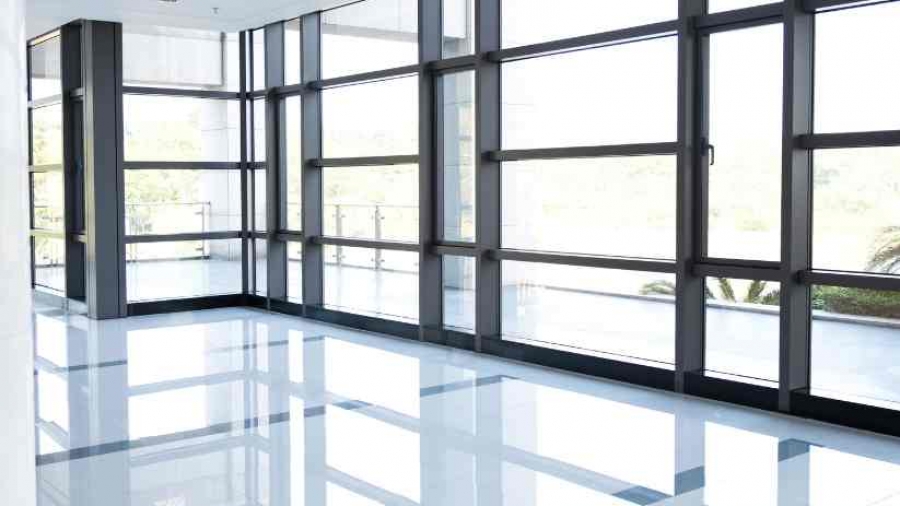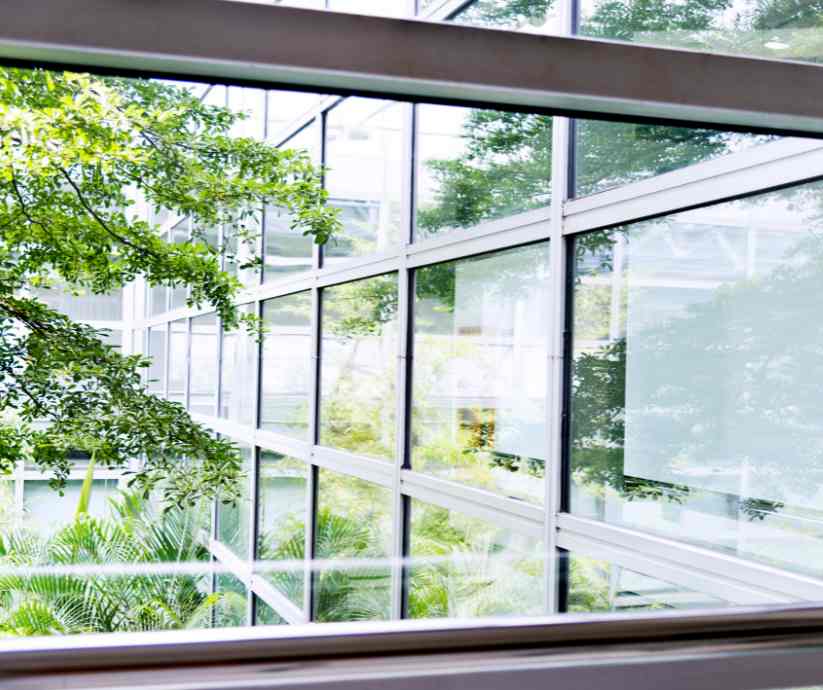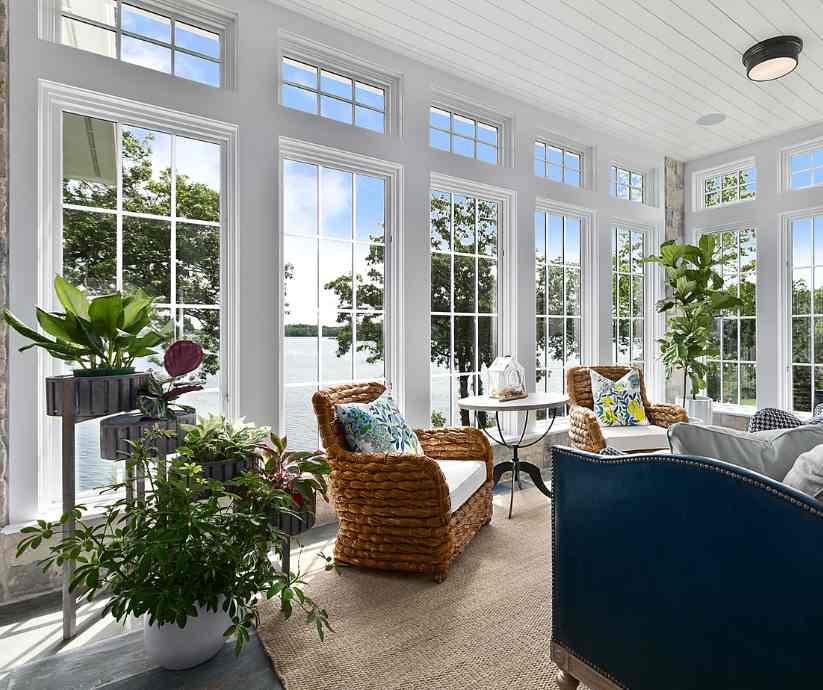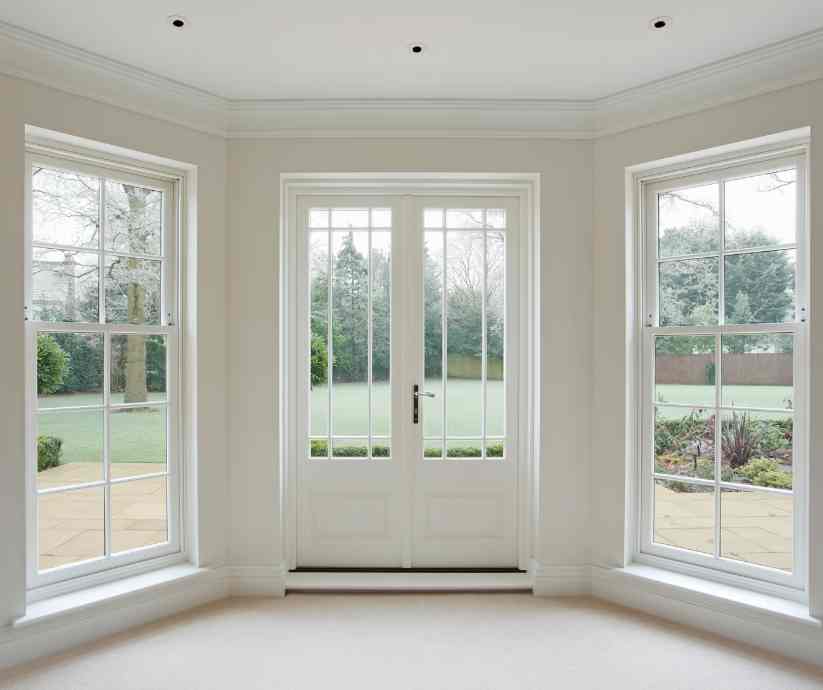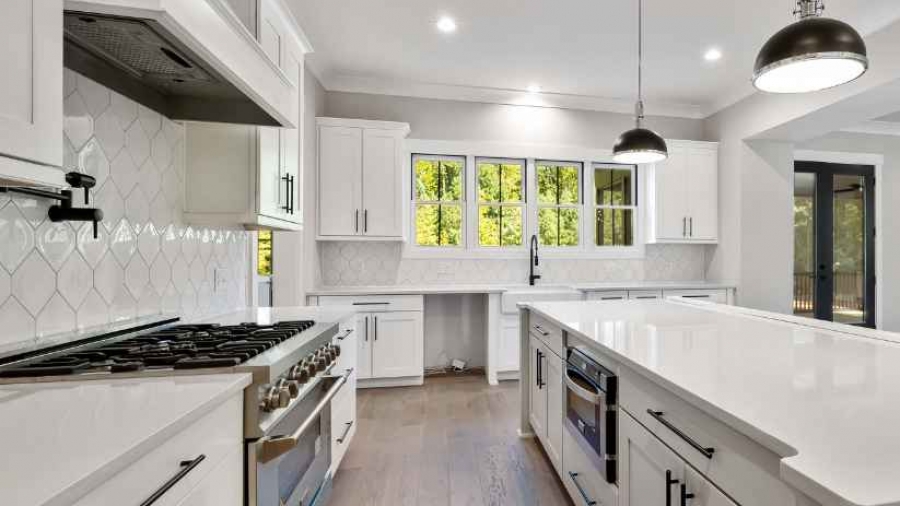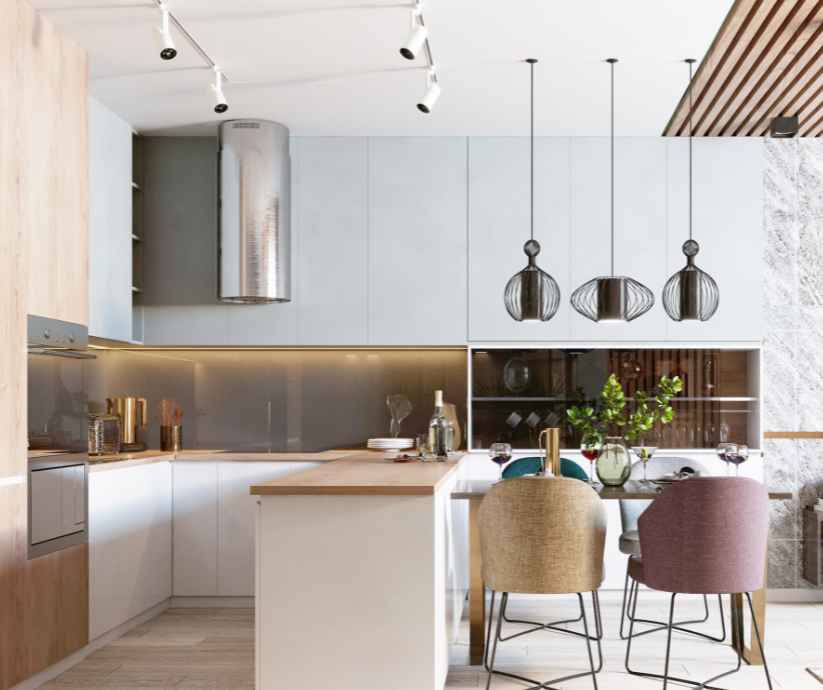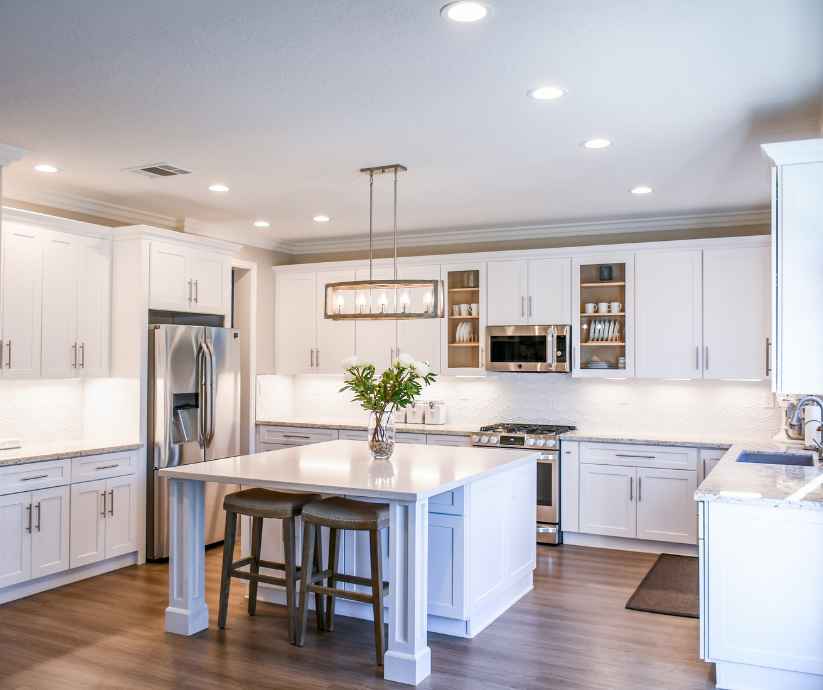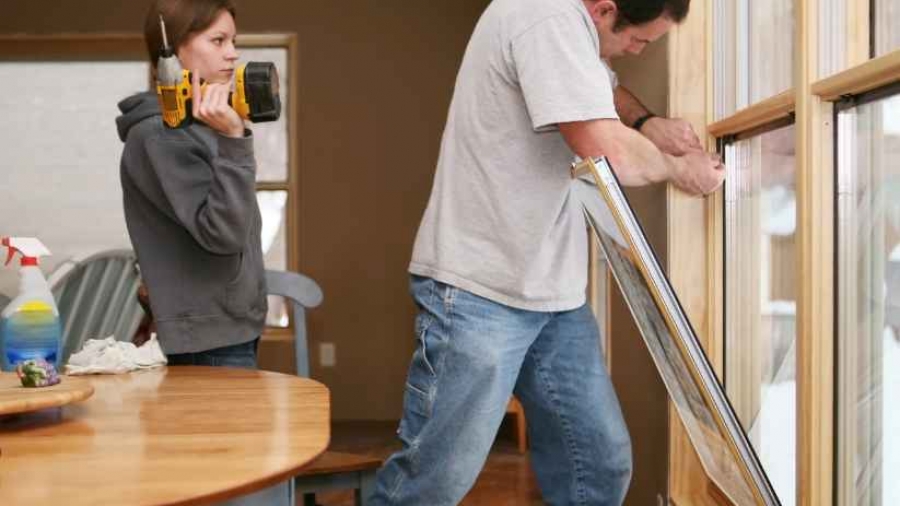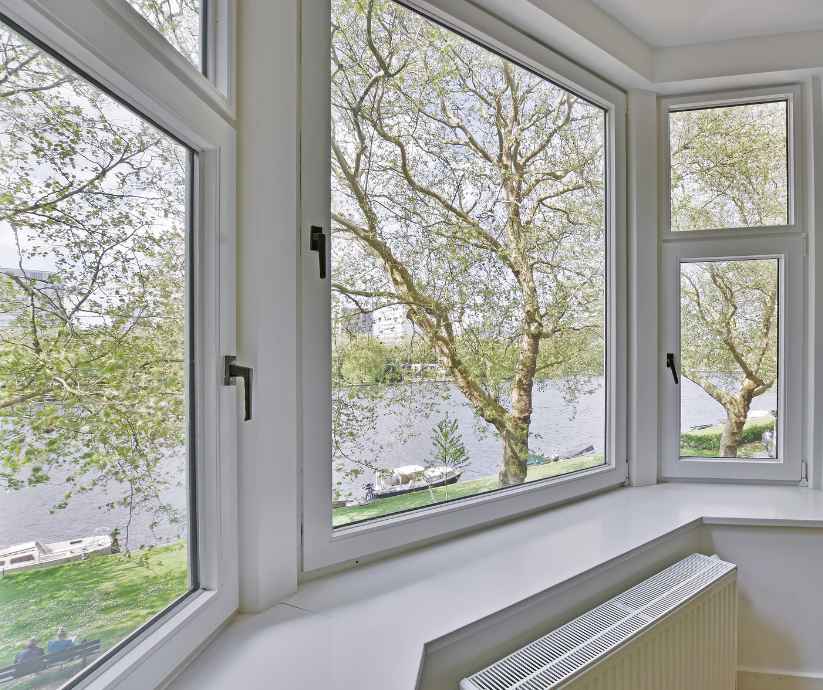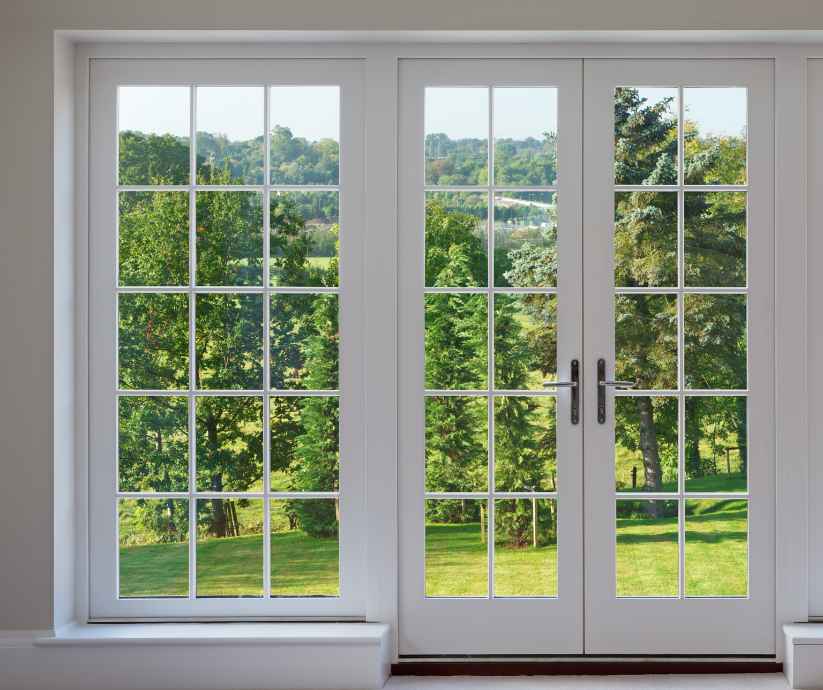We’ve all experienced it. That sinking feeling when you arrive at work in the dark, spend your entire day under fluorescent lights, and leave to find the sun has already set. It’s disorientating, draining, and frankly a bit depressing. Yet for millions of workers across Australia, this is the daily reality. We pour resources into ergonomic chairs, standing desks, and wellness programmes, but sometimes overlook one of the most fundamental aspects of workplace wellbeing: access to natural light and windows.
The conversation around workplace mental health has evolved considerably over recent years, and rightly so. Employers are increasingly aware of their responsibility to create environments that support rather than undermine their employees’ psychological wellbeing. What’s becoming clearer through mounting research is that the physical environment plays a far more significant role than we previously understood. Natural light and windows aren’t aesthetic luxuries or nice-to-haves. They’re biological necessities that directly impact how we feel, think, and function throughout our working day.
The Science Behind Light and Mental Health
Our bodies are remarkably attuned to light. For thousands of years, humans rose with the sun and settled as darkness fell. Whilst modern life has given us the ability to override these patterns with artificial lighting, our biology hasn’t quite caught up with the convenience. Natural light is the primary regulator of our circadian rhythm, the internal 24-hour clock that governs when we feel alert and when we feel tired. When this rhythm is disrupted by spending entire days in artificially lit environments, the consequences ripple through our mental and physical health.
Exposure to natural light triggers the production of serotonin, often referred to as the ‘feel-good’ hormone. This neurotransmitter plays a crucial role in regulating mood, reducing anxiety, and promoting feelings of calm and focus. Conversely, lack of natural light can lead to decreased serotonin levels, contributing to low mood and even depression. This connection becomes particularly evident during winter months when Seasonal Affective Disorder (SAD) affects a significant portion of the population. The symptoms, which include persistent low mood, lethargy, and difficulty concentrating, mirror what many office workers experience year-round when deprived of adequate natural light.
Research consistently demonstrates these effects. A study conducted across various office environments found that workers with windows receieved 173% more white light exposure during work hours and slept an average of 46 minutes more per night than those in windowless environments. Better sleep quality translates directly to improved mental health, with well-rested employees reporting lower stress levels and better emotional regulation throughout their working day.
Windows as More Than Light Sources
Windows do something that even the most sophisticated artificial lighting cannot replicate. They provide a visual and psychological connection to the world beyond our immediate workspace. This connection taps into what researchers call biophilia, our innate tendency to seek connections with nature and other forms of life. Even views of urban landscapes offer psychological benefits, though views incorporating natural elements like trees, water, or sky provide the greatest positive impact on mental wellbeing.
There’s something profoundly reassuring about being able to glance up from your screen and see the world continuing beyond your desk. It provides context and perspective. That big presentation feels slightly less overwhelming when you can see clouds drifting past or trees swaying in the breeze. Windows remind us that we’re part of a larger world, reducing feelings of confinement and isolation that can build up during long hours spent focused on work tasks.
The visual breaks that windows provide serve a practical cognitive function as well. Our eyes weren’t designed to stare at screens 30 centimetres from our face for eight hours straight. When we look out a window, we’re allowing our eye muscles to relax by focusing on distant objects. This reduces eye strain certainly, but it also gives our brain a moment to reset. These micro-breaks, even if they last only a few seconds, help maintain concentration and prevent the mental fatigue that builds throughout the day.
Practical Impact on Workplace Performance
The benefits of natural light and window access extend well beyond feelings and into measurable workplace outcomes. Employees working in naturally lit environments report higher job satisfaction, reduced intention to leave their positions, and greater overall engagement with their work. This isn’t surprising when you consider that these workers are sleeping better, experiencing better moods, and suffering from fewer physical symptoms like headaches and eye strain.
Productivity improvements are substantial. Research from the American Academy of Sleep Medicine found that workers seated within three metres of a window were more productive and reported better sleep quality than those seated further away. Another study examining call centre workers found that those with the best views processed calls 6-12% faster than those with no view at all. These aren’t marginal gains. They represent significant improvements in both the quality of work and the experience of the people doing it.
Absenteeism rates tell a similar story. Workplaces with poor natural light see higher rates of sick leave, whilst those designed to maximise daylight exposure report healthier, more present workforces. When employees feel better physically and mentally, they’re naturally more resilient to the minor illnesses and stress-related complaints that might otherwise keep them home from work.
Creating Window-Optimised Workspaces
Understanding the importance of natural light is one thing. Implementing it effectively requires thoughtful consideration of workspace design. The most obvious starting point is desk positioning. Workstations should be arranged to maximise the number of employees who have direct sightlines to windows. This often means moving away from traditional layouts where only perimeter offices have window access, towards more open or flexible arrangements where natural light can penetrate deeper into the workspace.
That said, more natural light isn’t always better if it’s not managed properly. Direct sunlight can create glare on computer screens, making work difficult and causing eye strain. The goal is to balance access to natural light with practical working conditions. This is where window treatments become important. Adjustable blinds or curtains allow workers to moderate light levels throughout the day as the sun’s position changes. Some modern workplaces are incorporating smart glass technology that automatically adjusts tint levels, though simpler solutions often work perfectly well.
For spaces where adding windows isn’t feasible, whether due to building design or budget constraints, there are still meaningful improvements to be made. Skylights can introduce natural light from above. Glass partitions instead of solid walls allow light to travel further into interior spaces. Some organisations are experimenting with circadian lighting systems that mimic natural light patterns throughout the day, though these remain a supplement rather than a replacement for the real thing.
Expert Insight: A Holistic Approach to Workplace Wellbeing
Environmental factors like natural light and window access form one piece of a larger workplace mental health puzzle. This is where organisations like Siren Training Australia play a vital role. As specialists in workplace mental health training, they understand that creating mentally healthy workplaces requires addressing multiple factors simultaneously. The physical environment matters enormously, but it needs to be coupled with proper training, awareness, and support systems.
Siren Training Australia works with organisations to develop comprehensive approaches to workplace wellbeing. Their training programmes help managers and employees recognise the various stressors that impact mental health, including environmental factors that might otherwise go unnoticed. A manager trained to think holistically about wellbeing is more likely to consider whether an employee struggling with low mood and poor concentration might benefit from a desk relocation closer to a window, rather than immediately jumping to performance management.
This integrated approach recognises that workplace mental health isn’t about implementing a single solution. It’s about creating a culture and environment where wellbeing is considered across all decisions, from office design to management practices to the training and resources provided to staff. When organisations invest in both their physical spaces and their people’s knowledge and skills, the benefits compound.
For organisations looking to enhance their approach to workplace mental health, combining environmental improvements with proper training creates lasting change. Siren Training Australia offers programmes tailored to Australian workplaces, helping teams develop the awareness and skills needed to support mental health at every level.
Looking Forward
The evidence is clear and compelling. Natural light and access to windows significantly impact workplace mental health, influencing everything from mood and sleep quality to productivity and job satisfaction. These aren’t peripheral concerns. They’re fundamental aspects of creating work environments where people can genuinely thrive rather than merely survive their working hours.
For employers, the message is straightforward. Audit your workspace with fresh eyes. How many of your team members spend their days without meaningful access to natural light? Could desk arrangements be reconfigured to give more people window access? Are there simple modifications, like adding internal glass walls or adjusting blind systems, that could make a measurable difference?
The investment required is often surprisingly modest compared to the returns. Healthier, happier employees are more engaged, more productive, and more likely to stay with your organisation. They take less sick leave and bring more energy and creativity to their work. In an era where attracting and retaining talented people is increasingly challenging, the physical environment you offer matters more than ever.
We spend roughly a third of our adult lives at work. Creating spaces that honour our biological needs for natural light and connection to the outside world isn’t revolutionary thinking. It’s common sense backed by solid science. The question isn’t whether natural light and windows matter for workplace mental health. The question is what you’re going to do about it.

